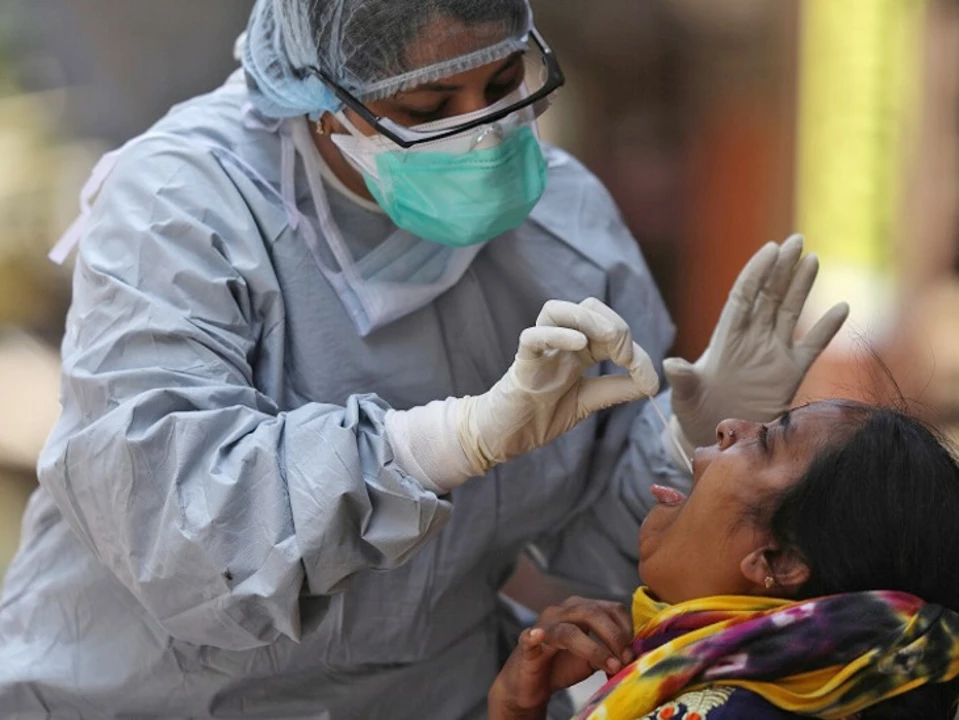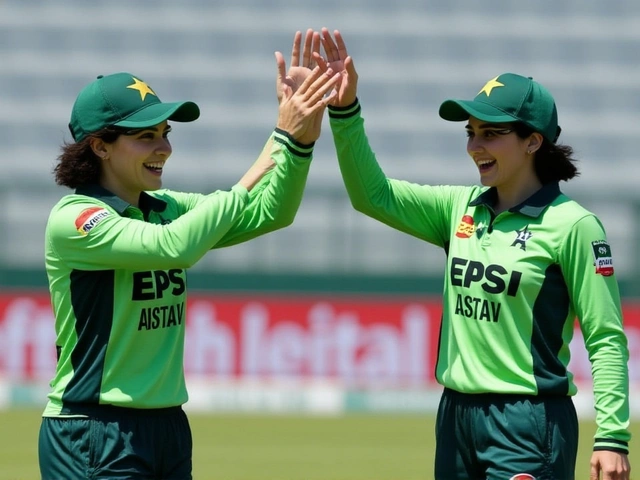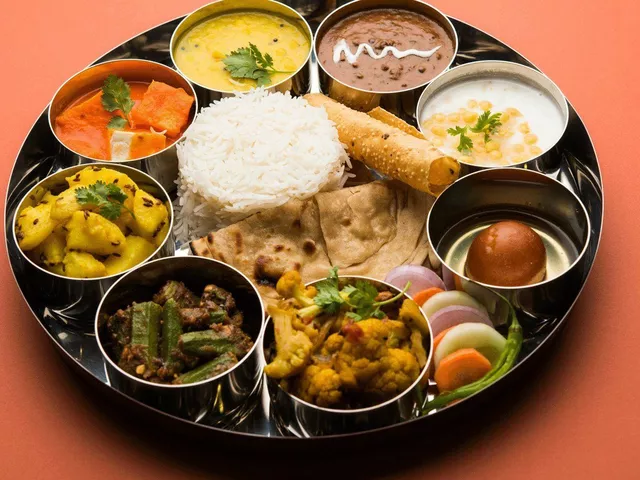Is India a better or worse place than 50 years ago?

Comparing India's Economic Development Over the Last 50 Years
India has come a long way in the past 50 years. The country has seen tremendous economic development and growth over this period, with the economy becoming more diversified and stronger. Today, India is the world's fifth-largest economy in terms of nominal GDP, and its growth rate is one of the highest in the world. This article will discuss the economic development of India over the past 50 years and how it compares to other countries in the region.
Growth and Development of India's Economy
The Indian economy has grown at an impressive rate in the last 50 years. India's GDP has grown more than six times in nominal terms since the early 1970s. This growth has been mainly driven by the services sector, which has become the largest contributor to the country's GDP. India has also seen a surge in foreign direct investment, which has helped it to create jobs and boost economic development. The country has also made significant progress in reducing poverty, with the poverty rate falling from 35.9% in 1973 to 22.4% in 2018.
Comparing India's Economic Development to Other Countries
When comparing India's economic development to other countries in the region, it is clear that India has made great strides in the last 50 years. As mentioned above, India's GDP has grown more than six times during this period, while the poverty rate has fallen significantly. In comparison, other countries in the region have not seen such dramatic improvements in their economic development. For example, Pakistan's GDP has grown only four times in the same period, and its poverty rate has only declined by a small margin.
The Impact of Reforms on India's Economy
India's economic development over the past 50 years has been largely driven by reforms implemented by the government. These reforms have allowed the country to open its economy to global trade and investments, and have led to an increase in foreign direct investment. The reforms have also allowed the country to become more competitive in global markets, and have improved the overall ease of doing business. This has helped to boost economic growth and create jobs, leading to an overall improvement in the standard of living.
Conclusion
India has made tremendous economic progress over the past 50 years. The country has seen a six-fold increase in its GDP, with the services sector becoming the largest contributor to economic growth. India has also seen a significant reduction in poverty, with the poverty rate falling from 35.9% in 1973 to 22.4% in 2018. India's economic development has been largely driven by reforms implemented by the government, which have helped to open the country to global trade and investments. When compared to other countries in the region, it is clear that India has made great strides in the last 50 years.
Examining India's Social Progress in the Last 50 Years
India is a country that has seen significant changes over the last 50 years. From a country of poverty and oppression, to one of the world's most important economies, India's development has been astounding. But is India a better or worse place than 50 years ago?
When it comes to economic development, India has made tremendous strides. The Indian economy is now the world's fifth largest, and it is growing at a rapid rate. The country has seen a dramatic increase in GDP, and poverty levels have declined significantly. This has been accompanied by an increase in the standard of living, which is evident in the higher levels of education, health care, and access to technology.
However, there are still issues that need to be addressed. Despite the economic progress, large sections of the population continue to suffer from poverty and social inequality. The caste system remains a major issue, and there are large disparities between urban and rural areas. Women remain under-represented in the workforce, and discrimination against the LGBTQ+ community persists.
The government has taken steps to address these issues, but progress has been slow. In recent years, there have been efforts to reduce poverty and promote gender equality, but India still has a long way to go. In addition, the country still faces challenges such as environmental degradation and climate change.
When it comes to social progress, India is still a work in progress. The country has made great strides in the last 50 years, but there is still much work to be done. It is clear that India has made great progress, but it still has a long way to go before it can be considered a better place than 50 years ago.
Exploring India's Political Landscape in the Last 50 Years
India has undergone an incredible transformation over the past 50 years, with the country's political landscape changing drastically. This transformation has been driven by a number of different factors, including economic liberalization, technological advancements, and the rise of regional powerhouses. To better understand the evolution of India's political landscape, it is important to look at the changes over the past five decades.
The Rise of Regional Powerhouses
In the last fifty years, India has seen the emergence of several regional powerhouses, such as Andhra Pradesh, Karnataka, and Tamil Nadu. This has had a profound impact on the country's political landscape, with each state having its own distinct political and economic identity. These regional powerhouses have been instrumental in pushing for economic liberalization, as well as increased autonomy from the central government. This has resulted in a much more decentralized political system than before.
Technological Advancements
The last fifty years has also seen incredible technological advancements in India. This has had a major impact on the country's political landscape, as the internet, mobile phones, and other forms of technology have enabled citizens to engage in politics in ways that were previously not possible. This has enabled a much more participatory approach to politics, with citizens being able to voice their opinions and concerns in a much more direct manner.
Economic Liberalization
Finally, the last fifty years has seen a dramatic shift in India's economic landscape. This shift has been driven by economic liberalization, with the government opening up the economy to foreign investment and trade. This has had a direct impact on the country's political landscape, as the liberalization of the economy has enabled greater economic opportunity and growth, which in turn has enabled citizens to become more engaged in politics.
Conclusion
In conclusion, India's political landscape has undergone an incredible transformation over the past fifty years. This transformation has been driven by a number of different factors, including the rise of regional powerhouses, technological advancements, and economic liberalization. All of these factors have enabled citizens to become more engaged in politics, and have enabled a much more decentralized political system. As India continues to evolve, it will be interesting to see what further changes the country's political landscape will undergo in the coming years.
How India's Education System Has Changed Over the Last 50 Years
India's education system has seen a tremendous transformation over the past 50 years. In the past, education was not considered a priority and was largely restricted to the elite. In recent decades, however, the government has made tremendous strides in expanding access to education, particularly in rural and underdeveloped areas.
One of the biggest changes has been the implementation of the Right to Education Act of 2009. This landmark legislation ensured that all children have access to free and compulsory education until the age of 14. It also provided for the appointment of a school inspector in each district to ensure that schools comply with the Act. This has resulted in a dramatic increase in the enrolment rate across the country.
The government has also taken steps to improve the quality of education. The introduction of the National Curriculum Framework in 2005 improved the standards of teaching and learning, while the National Higher Education Qualifying Examination (NHEQE) in 2006 helped to ensure that students are adequately prepared for higher education. The introduction of the National Assessment and Accreditation Council (NAAC) in 1994 has also helped to ensure that higher education institutions are providing quality education.
In recent years, the government has also made efforts to promote vocational education. A number of vocational training institutes and polytechnics have been set up across the country, offering courses in fields such as engineering, technology, and management. This has provided an additional option for students who may not be interested in pursuing traditional academic paths.
The government has also made efforts to promote the use of technology in education. A number of initiatives have been launched to increase the use of computers and the internet in schools, and to make educational material available online. This has helped to make learning more accessible and engaging for students.
Overall, it can be said that over the past 50 years, India has made tremendous progress in improving its education system. The government has taken steps to ensure that all children have access to free and quality education, and has also taken steps to improve the standards of teaching and learning. In addition, the government has also made efforts to promote vocational education and the use of technology in education. All of these efforts have helped to make India a better place than it was 50 years ago.
Assessing the Quality of Life in India Over the Last 50 Years
India has experienced a great deal of change over the last 50 years. This has been both positive and negative, but has overall improved the quality of life for many Indians. It is a complex question as to whether or not India is a better or worse place than it was 50 years ago, but by looking at some of the key indicators, it is possible to get a better understanding of how India has changed.
Economy
The Indian economy has grown significantly over the last 50 years. In 1950, India had a GDP of around $190 billion, compared to more than $2.6 trillion in 2020. This has enabled India to become one of the world's largest economies, and has led to increased wealth and job opportunities for many Indians. This has had a positive effect on the quality of life in India, as people are more able to access basic amenities and services.
Education & Healthcare
The quality of education and healthcare in India has also improved over the last 50 years. India now has nearly 1 million schools, and the literacy rate has increased from 18.33% in 1951 to 74.04% in 2021. The Indian healthcare system has also seen an improvement, with the introduction of new treatments and technologies, and the expansion of public health programmes. These have all had a positive impact on the quality of life in India.
Infrastructure
The infrastructure in India has also seen a great deal of improvement over the last 50 years. India now has one of the world's largest road networks, with more than 1.3 million kilometers of roads. This has made it easier for people to travel and access services. The Indian railway network has also seen significant expansion, with more than 8,000 kilometers of new rail lines added in the last 50 years.
Conclusion
In conclusion, it is difficult to definitively say whether India is a better or worse place than it was 50 years ago. However, it is clear that the quality of life in India has improved significantly over the last 50 years. This has been due to a variety of factors, such as increased economic growth, improved education and healthcare, and improved infrastructure. All of these have had a positive impact on the quality of life in India.



